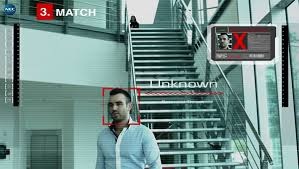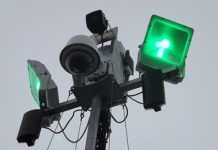Australia’s Swinburne University is looking to add heat maps and a facial recognition platform to its system of 900-plus IP-based CCTV security cameras. According to a report, Swinburne IT security specialist Chris Goetze said that collecting analytics has become possible after the university upgraded from analogue to digital surveillance cameras several years ago. Goetze says that the move had been inspired by a 2007 storm in Melbourne’s eastern suburbs that caused a lot of property damage to the campuses and, as a result, senior management determined they needed a way of surveilling what was happening at the campuses in real time.
“It coincided with us doing a major network upgrade – probably our first one – so 10/100 PoE to every point and every communications room we had,” says Goetze. “And the decision was made to try to leverage off that investment in that network for CCTV.” The move to an IP-based digital CCTV, using Axis cameras and Milestone Corporate XProtect software, allowed the university to centralize its storage of security footage at a data center on its main campus, where the analytics platforms are now hosted. The university’s previous analogue CCTV system required physical video recorders be set up within a couple of hundred meters of each camera.
The university is now able to leverage its IP infrastructure to introduce a number of analytics platforms, including iCetana for detecting unusual behaviour and Snap Surveillance to learn about the physical relationship between cameras, which integrate into the core Milestone platform using APIs. License plate recognition comes with the Milestone package. Other elements of the analytics solution are done using applications deployed to the end devices.
The combination of IP cameras and analytics, including abnormal behaviour detection, helps the university’s physical security teams notice activity on campus without having to monitor 900 cameras on screen, Goetze said. The university is now looking to bring facial recognition analytics into the fold. “Facial matching comes on and off the agenda occasionally,” said Goetze. “We’re quite interested in it, but at this stage it’s quite an expensive proposition.”








